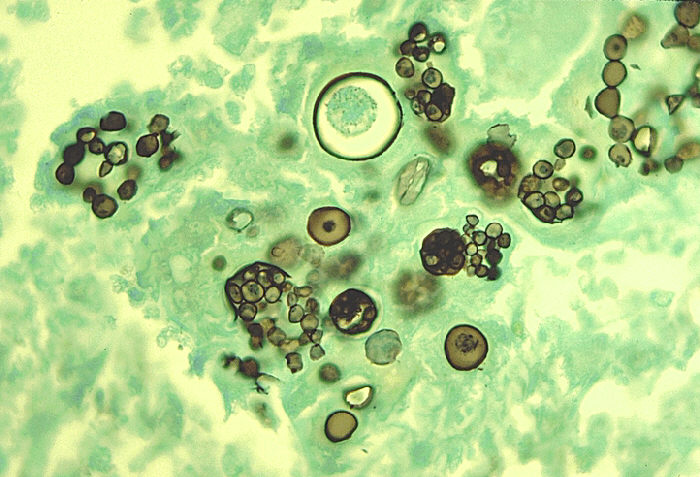Campylobacter is a genus of gram negative, spiral shaped, microaerophilic and motile rods, which are oxidase positive.

Pathogenesis
Route of entry
Transmission is via feco-oral route. Domestic animals are major source of organisms e.g cattle, chicken, dogs. Food and water contained with animal faces is also a source.
Pathogenesis is not clear. These bacteria cause infections in the small and large intestine. They cause enterocolitis as well.
Enterotoxin is present, which acts like choleragen. Bacteremia may be produced as well. Invasion of cells often occurs.
Dose of 500-800 organisms is required for development of disease.
Virulence Factors
- Enterotoxin -lipopolysarrcharide
- Cytotoxins
- Flagella
- Campylobacter invasion antigens ( LIA proteins)
- Cytolethal distending toxin (CDT) (Arrests the cell in the G2-M transition phase of the cell cycle)
Predisposing Factors
- Undercooked food
- Unpasteurized milk
- Contaminated water
- Puppies with diarrhea
- Poor hygiene
More common in children
Clinical Symptoms
- Watery, foul smelling diarrhea which may convert into dysentery.
- Fever
- Severe abdominal pain
Immunological consequences:
- Guillain-barre syndrome (GDS), formation of antibodies against C. jejuni which cross-react with self-antigens on neurons (neuro muscular paralysis)
- Reactive arthritis
- Reiter’s syndrome
Laboratory Diagnosis
Specimen
• Stool
Microscopy
Important characteristics include:
• Gram- negative rods
• Spiral, comma-S shaped
• Flagellum is present
• Motile
Culture
- Higher temperature is required for incubation -42 degrees
- Incubation period is 2-7 days
- Microaerophilic i.e. require 5% O2 instead of 20% O2
- Capneophilic i.e. require 10% CO2
- Blood agar, form non-hemolytic, spreading colonies or droplet-like colonies
Improved Preston blood-free medium
- C.jejuni gives moist, grey colonies
- C.coli form creamy-grey colonies
Swarming growth may occur
Biochemical Tests
Catalase Positive
Urease Negative
Oxidase Positive
Resistant to Nalidixic acid
Hippurate Hydrolysis positive is C.Jejuni
Hydrolysis negative is C.Coli
Serological Tests
- Latex agglutination test
- PCR
Treatment
- Erythromycin or Ciprofloxacin are effective against C. Jejuni
- Aminoglycosides are effective against C.intestinalis
 howMed Know Yourself
howMed Know Yourself




